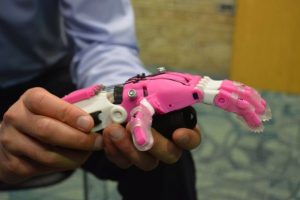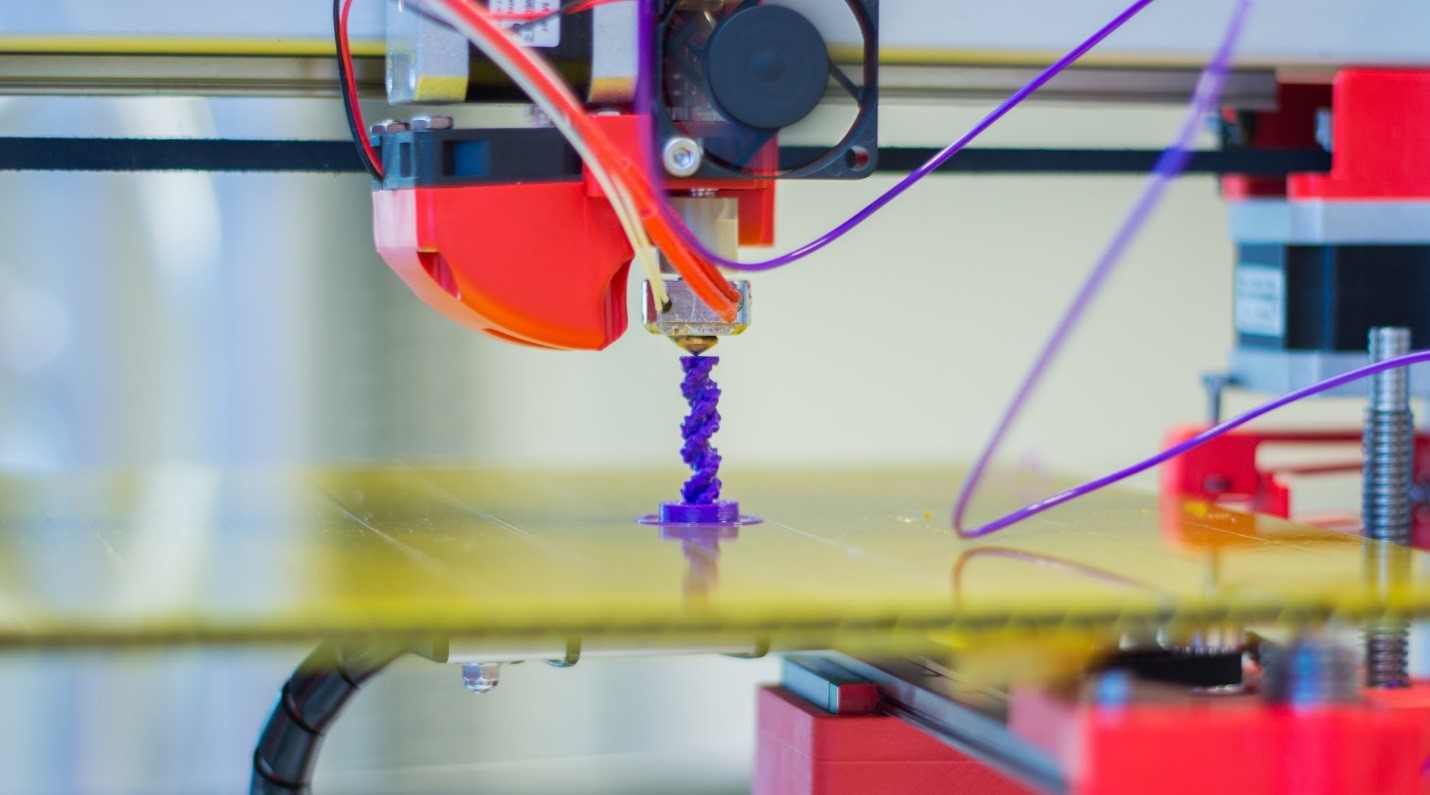The Lost Art series examines tech tools that encourage communication between libraries and its users. The Lost Art of Conversation looked at ways that podcasts can connect with the community, as well as the technology required to create a professional podcast.
This month is all about the 3-D printer, a tool that creates three dimensional objects based on a digital design. A brief history of this technology: the first patent was issued in the 1980s and today these printers can create anything from a kidney to a car.
A 2016 Pew Research Study found that 50% of those polled think 3-D printers are a good investment for libraries (up 5% from 2015) and this number goes up when people are broken out by race: “69% of blacks and 63% of Hispanics say libraries should definitely buy 3-D printers and other high-tech tools, compared with 44% of whites.”
Some people might wonder why libraries should invest in such an expensive technology. There are both symbolic and practical reasons for the investment. Open access is a tenet of librarianship, ever since the beginning of U.S. public libraries when books were difficult to get if you were not wealthy or a member of the church. The current Digital Divide is real and libraries continue to provide access to technology that people otherwise couldn’t afford it. The 3-D printer is just another example of leveling the playing field. Using this tool is not just for show, there are many practical applications.

Earlier this month, a library in Suffolk County, New York printed 15 prosthetic hands to donate to disabled children around the world. Custom hands cost as much as $10,000, while the library is able to create a hand using $48 in materials. Maskerspaces, gathering places for users to share ideas and tools, offer 3-D printing along with Legos, sewing machines, and other tools to encourage creativity. Some additional uses can be found in a 2016 article published in School Library Journal: “My Love/Hate Relationship with 3-D Printers in Libraries.”
ALA published a practical guide, Progress in the Making, for those new to the 3-D printing world or those considering the purchase. Below are some highlights:
- Cost- range from $200-$2,000 but there is no need to spend over $1,500. Not sure which printer is best for your library? Check with colleagues or product reviews, like this one from LibraryJournal.
- Supplies- ALA recommends having 2-3 rolls of material in stock, these cost around $25.
- Space- most printers are the size of a desktop computer, so allocate the same desk size as a computer plus storage for supplies and prototypes!
- Software- ALA recommends Tinkercad, a free computer-aided design (CAD) software that runs in a browser. Some printers, like the LulizBot Mini, offers free, open-source software.
- Time- this depends on what is being created. A Rubik’s Cube will take around 5 hours to complete, whereas a larger or more intricate design will take longer.
- Issues- many printers have warranties and customer service reps that can help troubleshoot by phone or email
How is your library using 3-D printers? Any creative or interesting designs to share?
